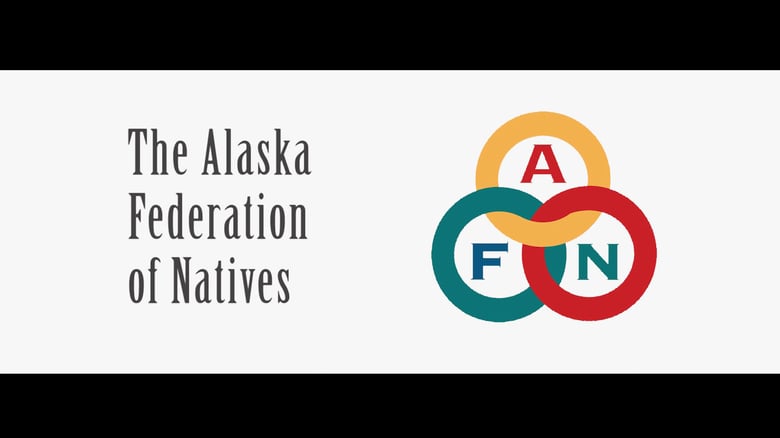Alaska Federation of Natives Convention Begins in Anchorage

Today marks the start of the annual Alaska Federation of Natives (AFN) convention, which is being held this year in Anchorage and will continue until the 22nd of October. The AFN is the largest statewide Native organization in Alaska, and the yearly convention is the largest representative gathering of any Native peoples in the United States, with attendance expected to reach around four thousand people.
The AFN was founded in 1966, their continuing mission being to “enhance and promote the cultural, economic and political voice of the entire Alaska Native community”. The AFN played a major role in the negotiation of the Alaska Native Claims Settlement Act (ANCSA), which created about two hundred Native corporations and endowed them with around one billion dollars and forty-four million acres of land. President Richard Nixon signed ANCSA into law in 1971.
The Alaska Federation of Natives membership is currently composed of 178 villages (both federally-recognized tribes and village corporations), 13 regional Native corporations and 12 regional nonprofit and tribal consortiums that contract and run federal and state programs. Delegates to the AFN are elected based on a ratio of one representative per twenty-five Native residents.1)
This year’s convention theme, “Strength in Unity”, is certainly a pertinent concern for the AFN as well as indigenous groups throughout the circumpolar Arctic. Native Alaskans make up around 15% of the Alaskan population, but Native Americans comprise only 1% of the total U.S. population.2) Similarly, Arctic indigenous peoples in total number around 400,000, composing only a small minority of the more that 300 million indigenous people globally, and indeed an even smaller minority in relation to the global population.3)
With such small numbers of people, unity is often critical for gaining political attention. As AFN President Julie Kitka commented in an interview with the Alaska Dispatch,“This year’s convention theme is a very meaningful one for our communities. It is both an homage to our accomplishments as a unified people and a powerful call-to-action — a summons for all Alaska Natives to find strength in our shared voice.”
In the Arctic region, powerful groups like the Inuit Circumpolar Council, which represents Inuit residing in the U.S., Canada, Greenland, and Russia, embrace and exemplify the value of unity in accomplishing their goal of international recognition and legitimacy.
In the United States, Native Alaskan groups and other American Indian groups frequently work together when interacting with the state and federal government, teaming up as recently as last week to speak to Congress and the White House about the Indian Budget and other Native concerns. Nonetheless, unity is often a double-edged sword in the context of Native affairs. Different Native groups can have vastly different priorities, not to mention that within each group there are individuals with widely differing opinions.
As a relevant example of this challenge, in the days leading up to the AFN convention a group of tribal leaders met in Anchorage to voice their dissatisfaction with ANCSA, even as many others happily celebrate the fortieth anniversary of the landmark legislation. While drawing strength from unity is frequently a socially fulfilling and politically beneficial strategy, there is something to be said for glossing-over the nuanced concerns of a group as diverse as Native Alaskans. The ideas exchanged at this year’s AFN Convention will surely provide fodder for further discussion on both the merits and the pitfalls of trying to promote the unity of Native Alaskans.
The proceedings of the Alaska Federation of Natives Convention will be broadcast live via television, radio, and webcast. There is also a free app available for Android and iPhone that provides a guide to the convention.
References